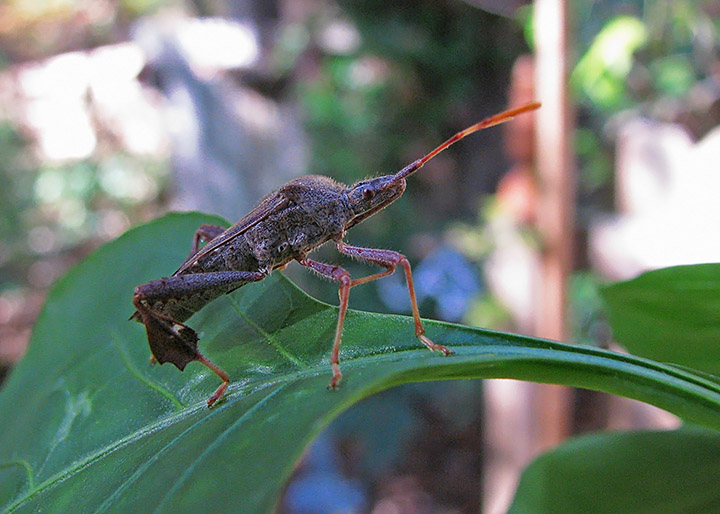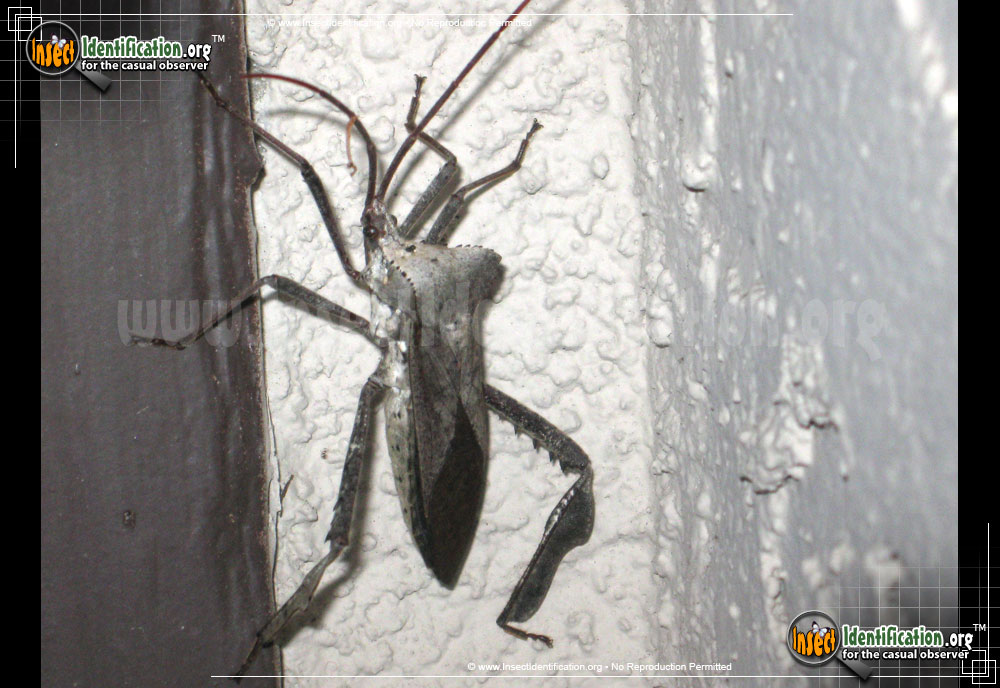

Disgusting I know but those brown trails are their excrement. They leave brown stain trails on the ceilings and walls as they crawl around and use the bathroom. Stink bugs in the house are a real nuisance. Stink Bug and Leaf Footed Bug Facts and FAQ Why They Come Indoors Just in time to attack your garden and house plants.

They typically retreat to hibernation during the winter months, usually hiding in walls or hidden places until spring. Not only are stink bugs attracted to odors, but they are also attracted to heat and light. The blooms and buds of your garden plants and fruit and nut trees are especially attractive to them. They are attracted to smells like fruit (especially ripe fruit), so if you keep a countertop fruit bowl, your ripe bunch of bananas could be a source drawing them into the house. While it may seem as if these pests appear out of nowhere, there are usually a few reasons why they show up. So for the purposes of this article, we will treat the leaf footed bug the same as a true stink bug.

The broad-spectrum herbicide that is used by big ag to kill them also kills most of the beneficial insects that plants need to survive. They have been known to eat a number of our most critical agricultural products, including apples, peaches, grapes, soybeans, peppers, tomatoes, corn, and cotton. Stink bugs feed as nymphs and adults on the fruit and pods of plants, which maximizes their chances to render a crop unmarketable. “The real devastation comes in the form of damage to farmers.

They have quickly spread so that now 41 states are affected by them. The brown marmorated stink bug has wreaked havoc on farmers’ crops throughout the mid-Atlantic since it invaded the region sometime in the 2000s. They invade your home in the fall and reappear marching out of the woodwork like an endless army in the spring! Just in time to invade your gardens. They’re named for the brown marbled pattern on their backs. The most common is the brown marmorated variety.īrown marmorated stink bugs are household pests, but they don’t bite, sting, or pose a health hazard to people or animals. There are many shapes, shades, and sizes of them. in the mid-1990s in shipping containers from China, but have established themselves as though they’d always been here.


 0 kommentar(er)
0 kommentar(er)
